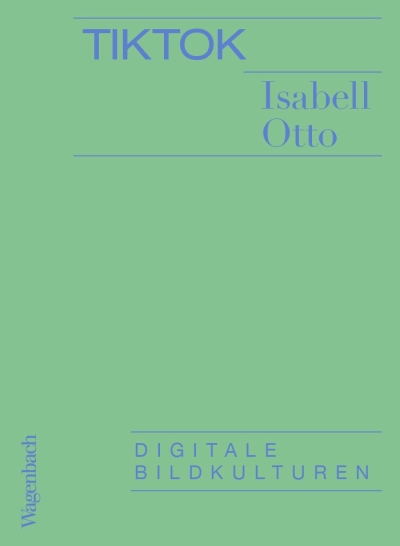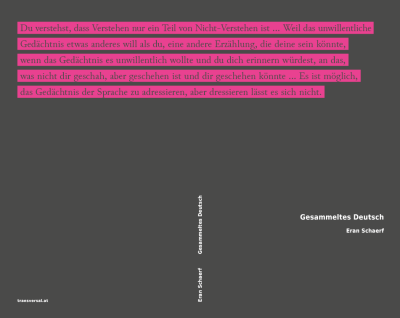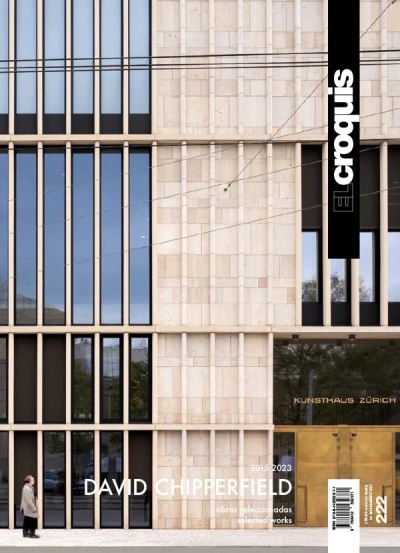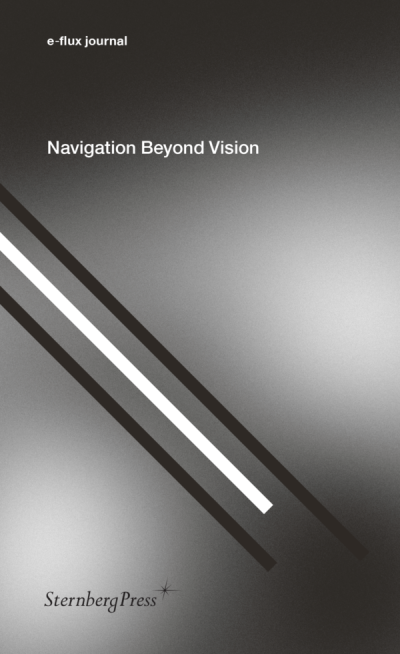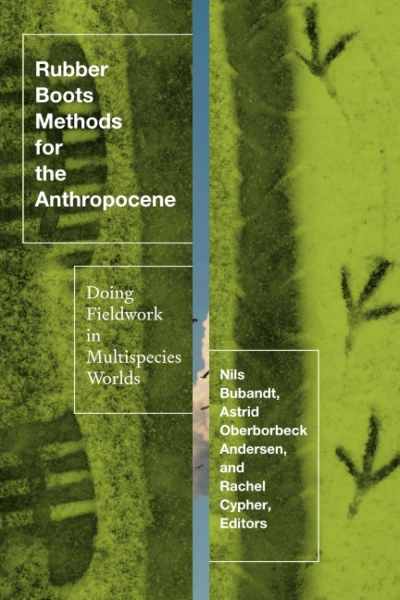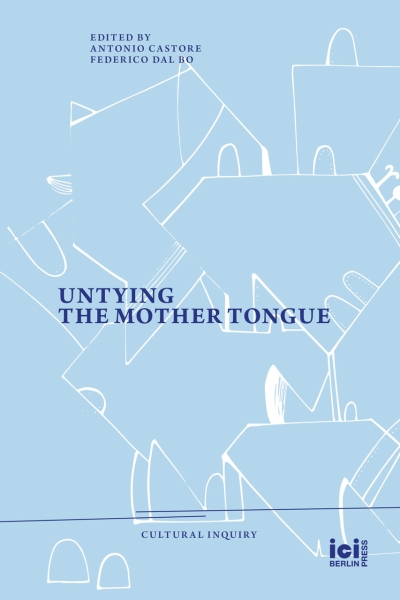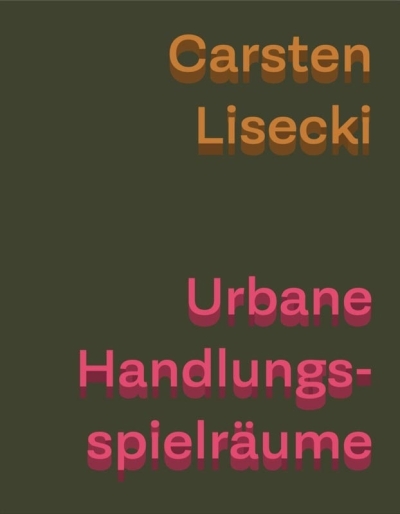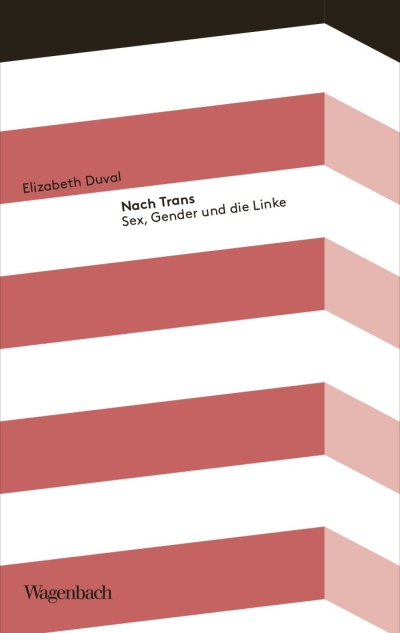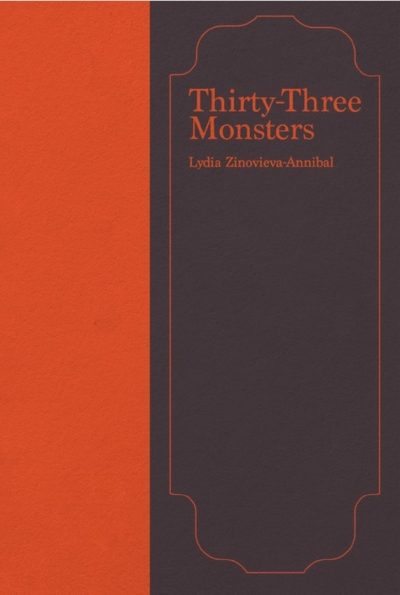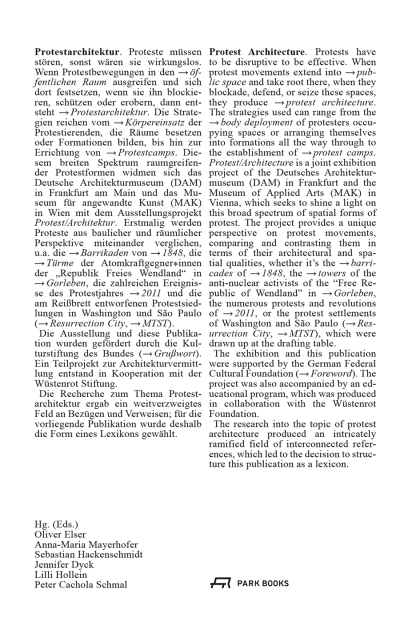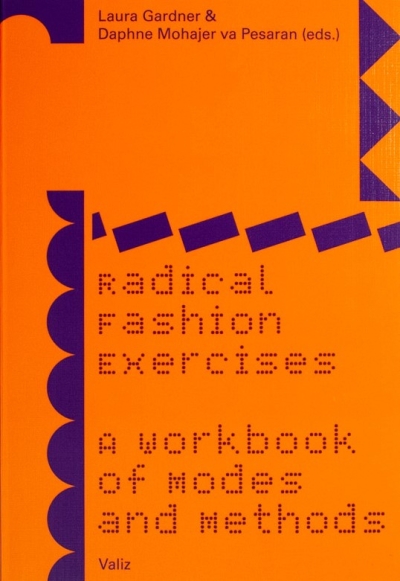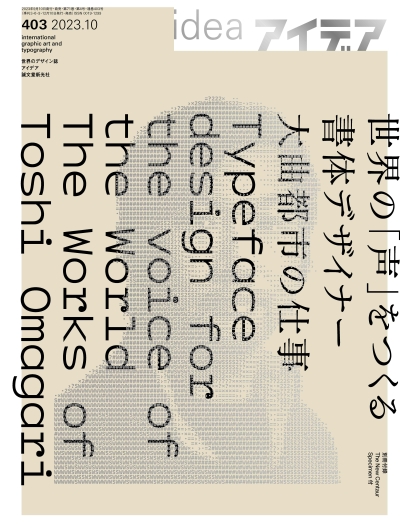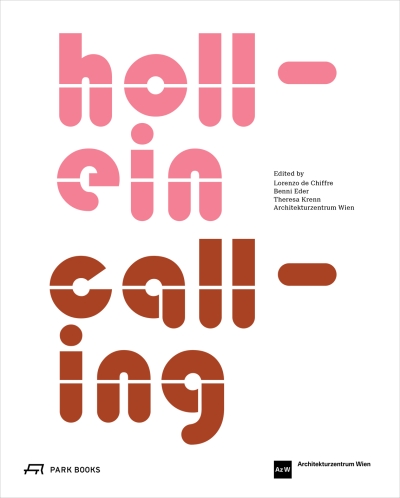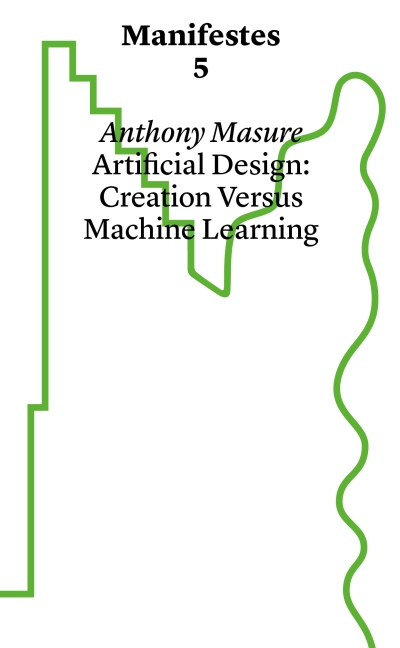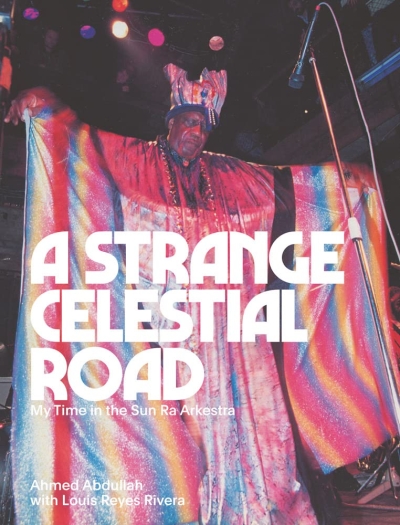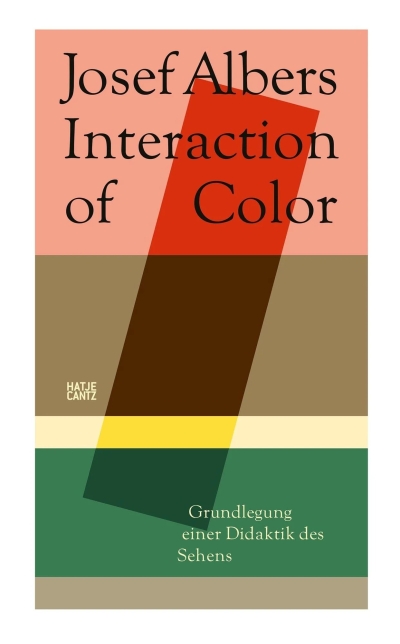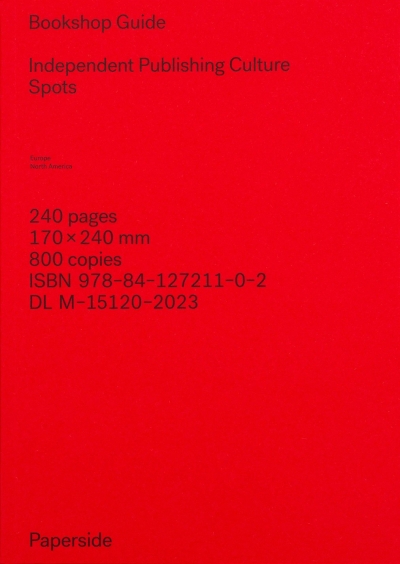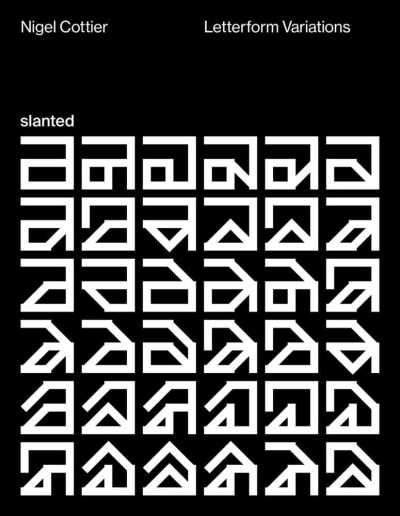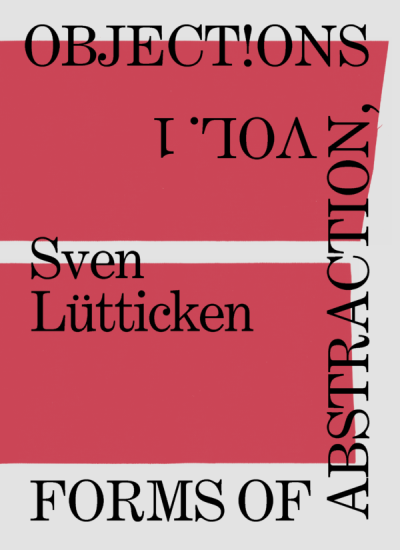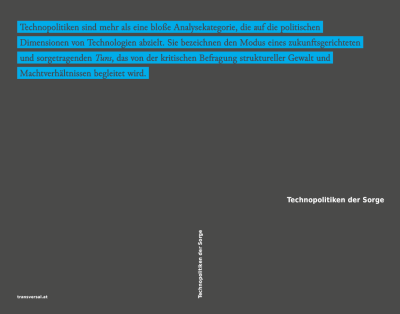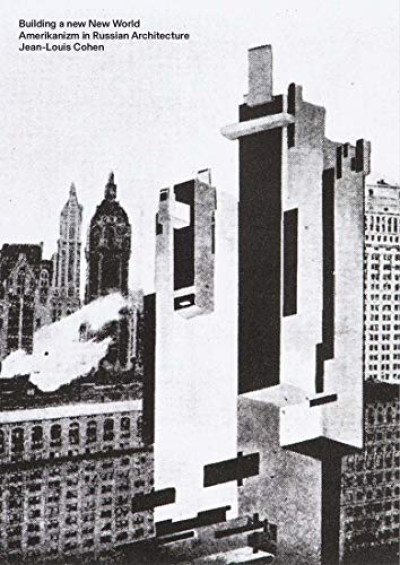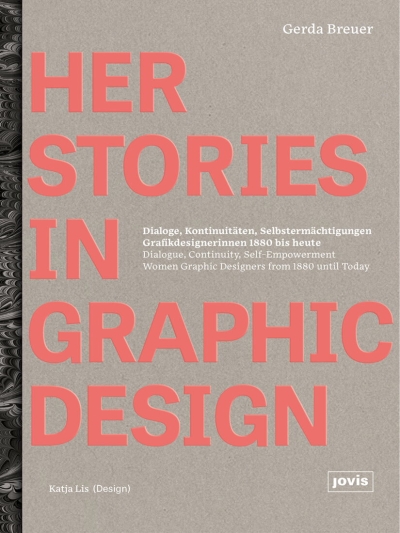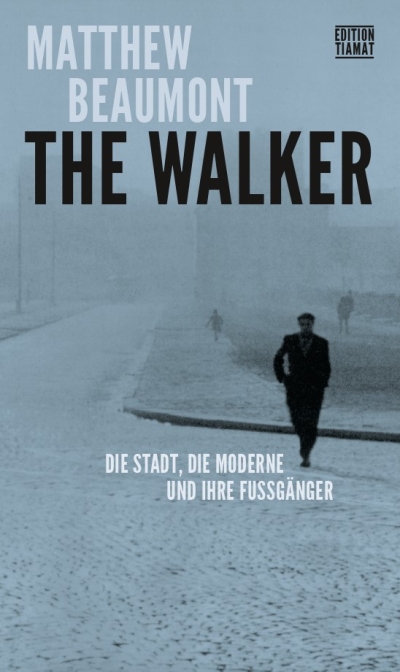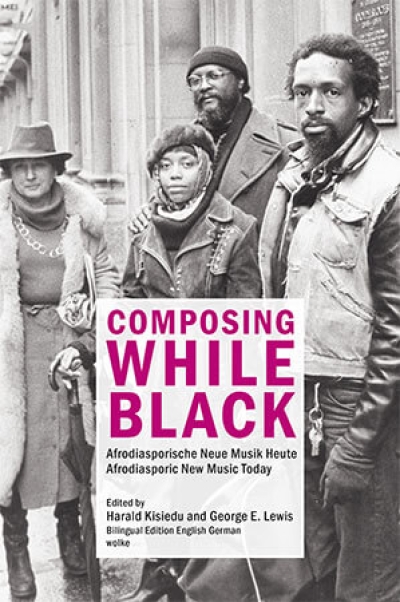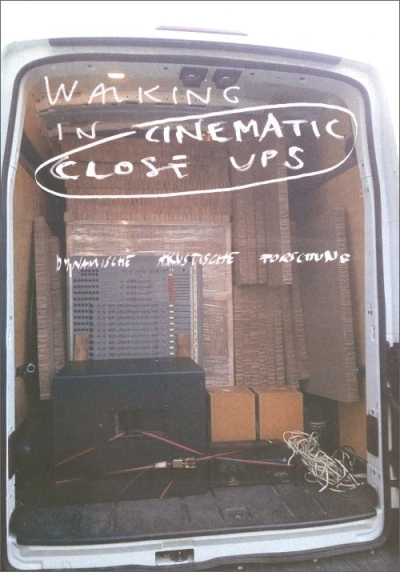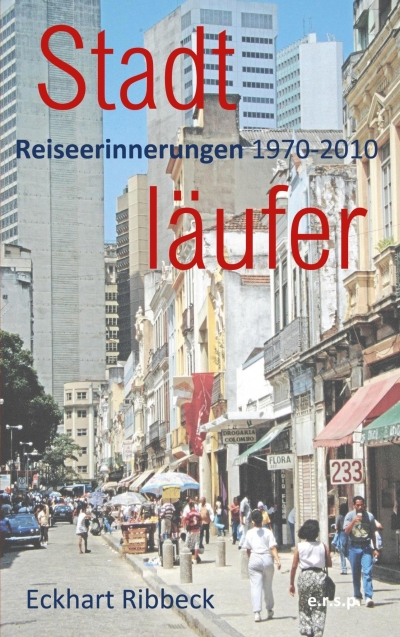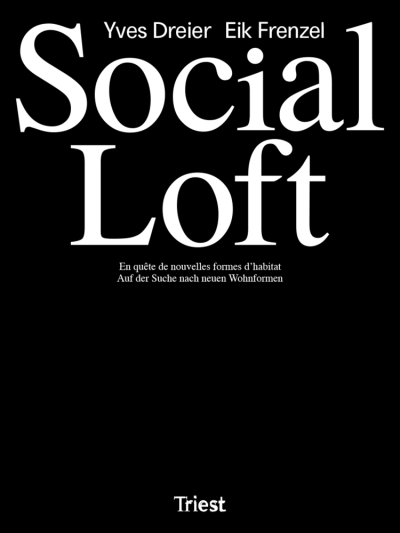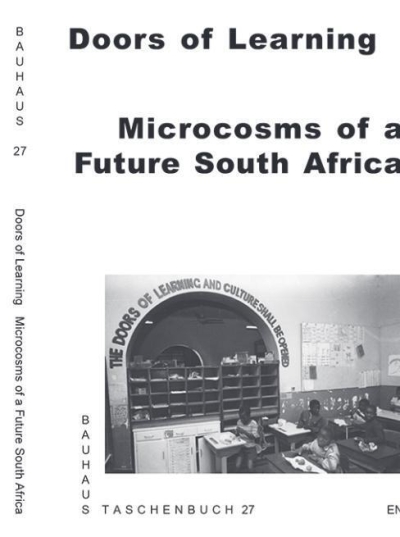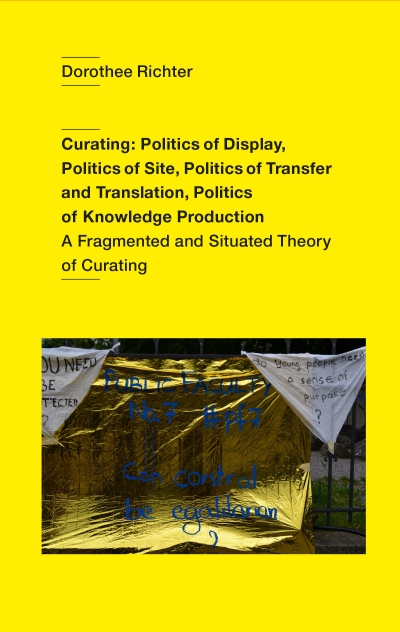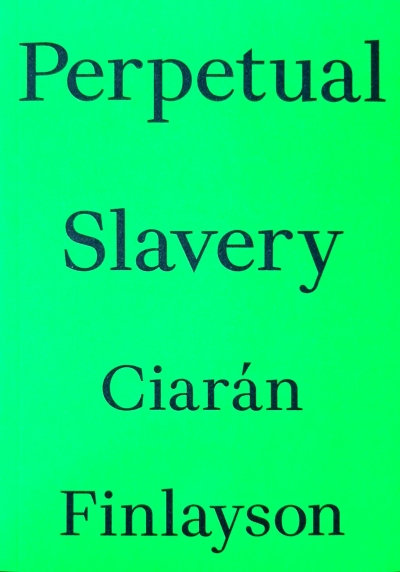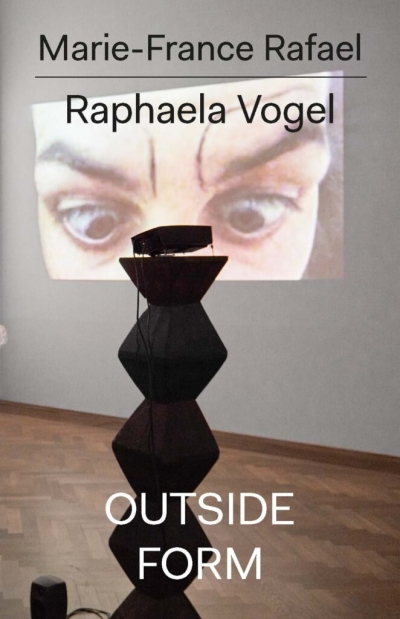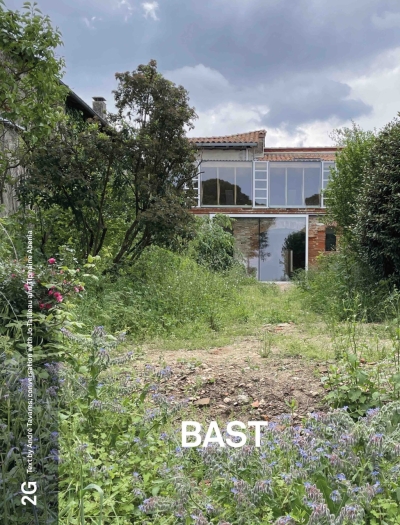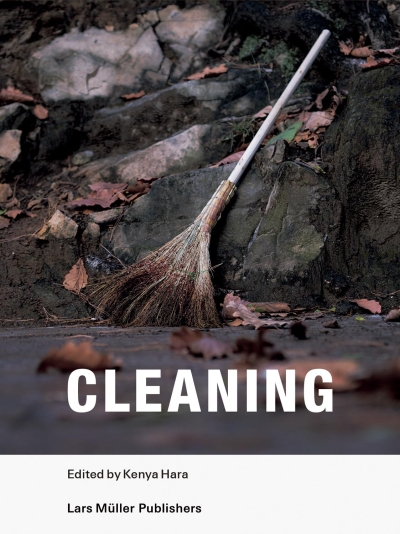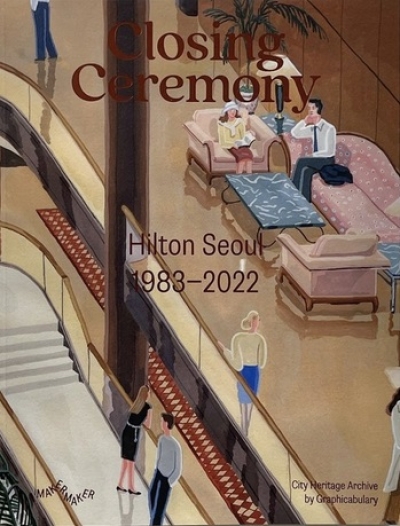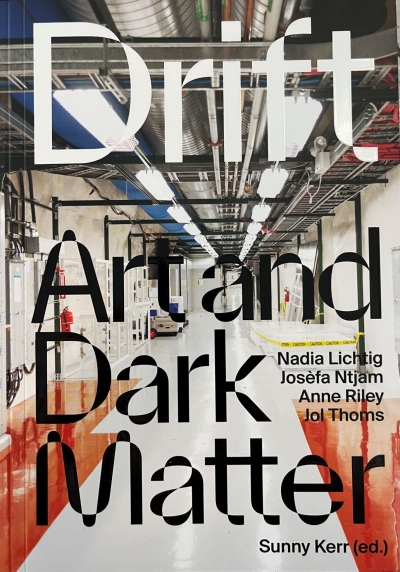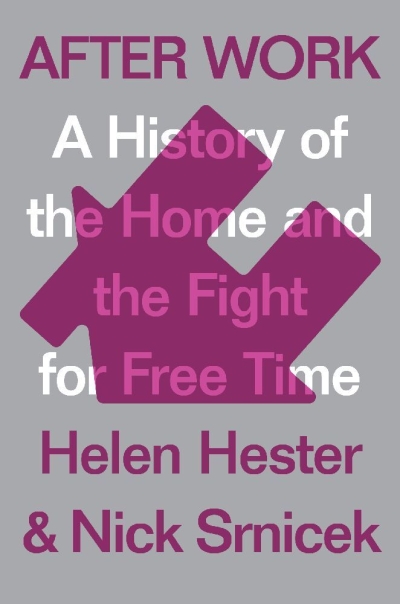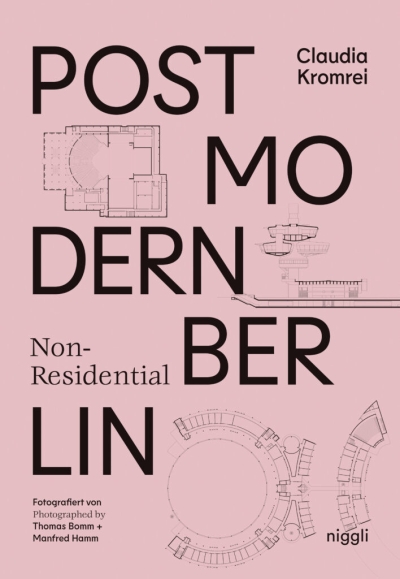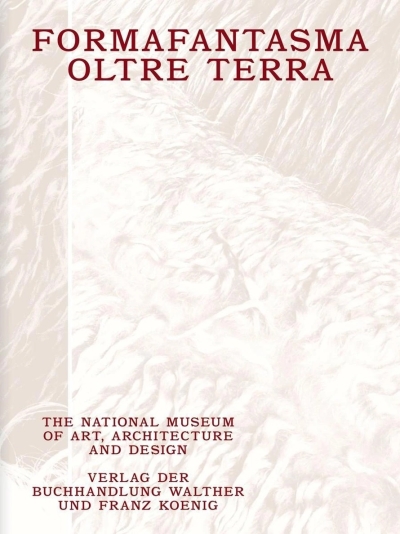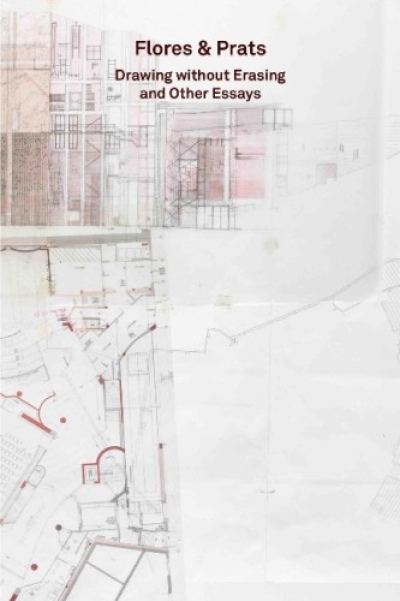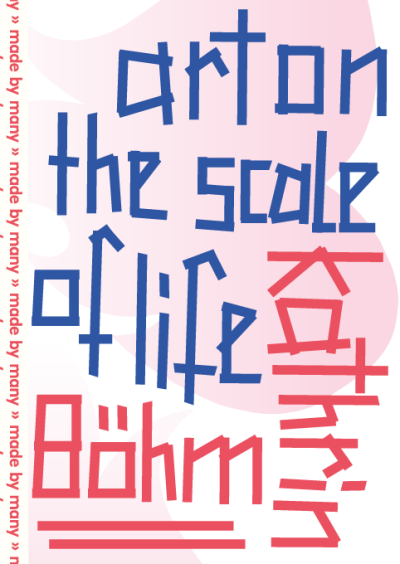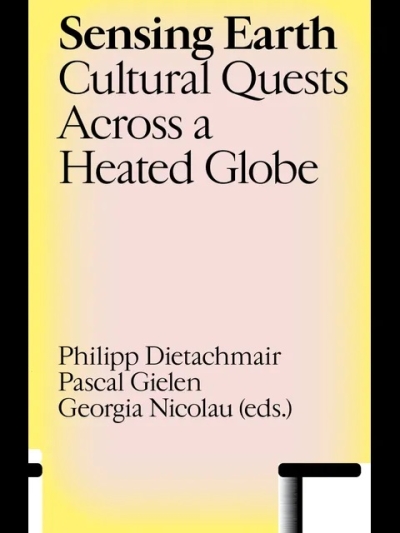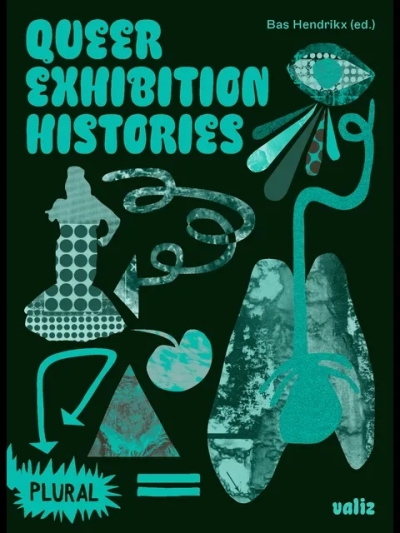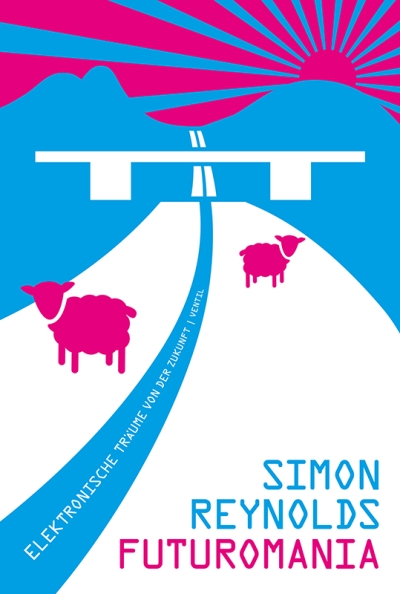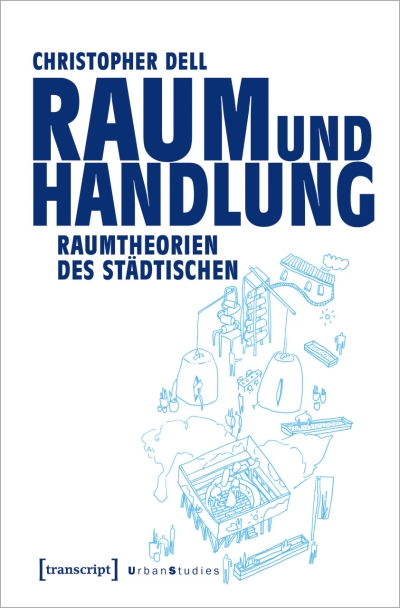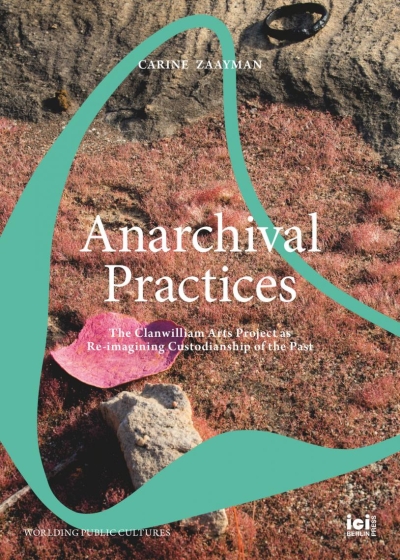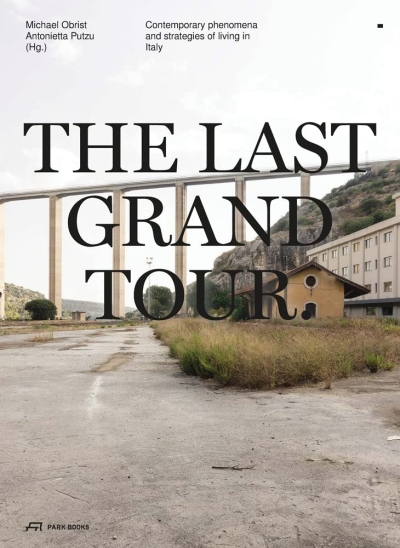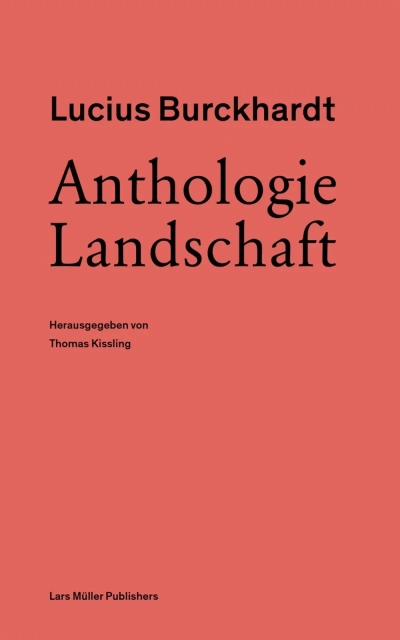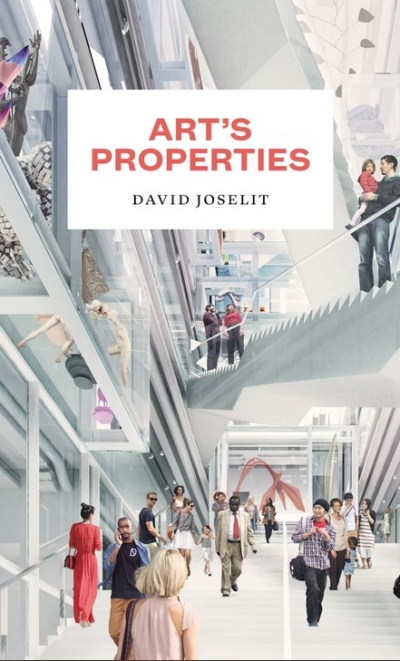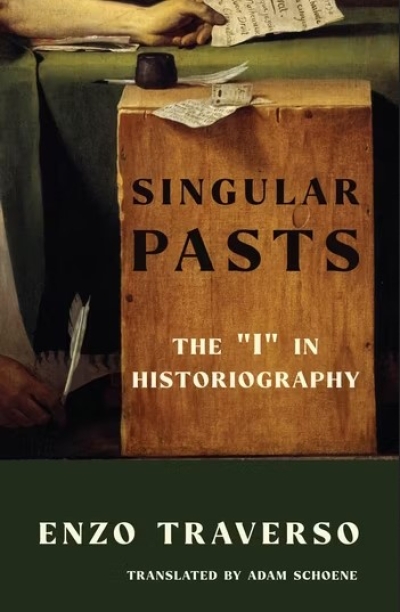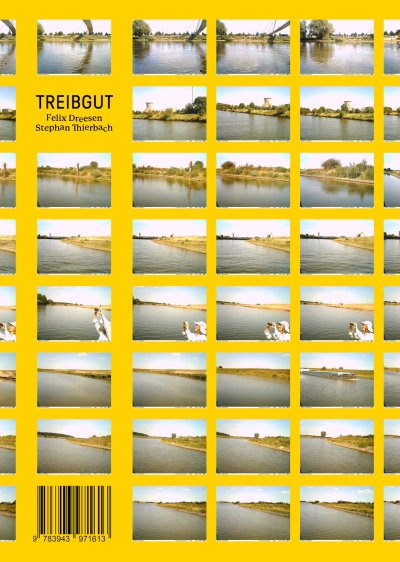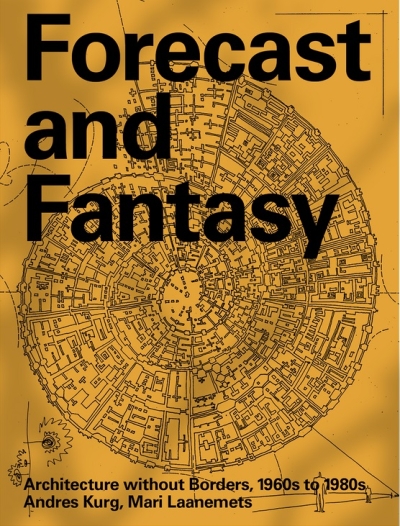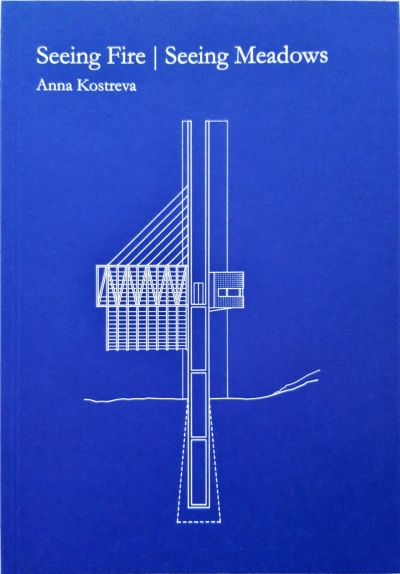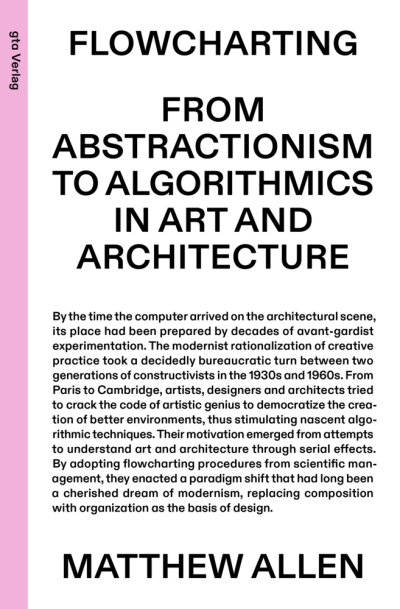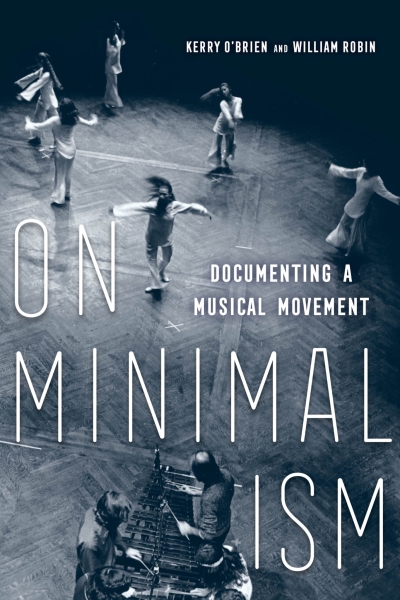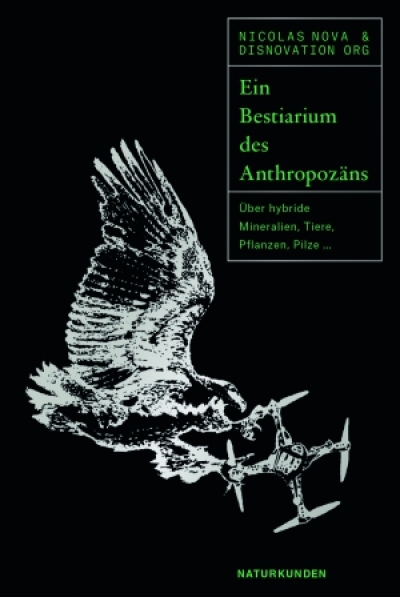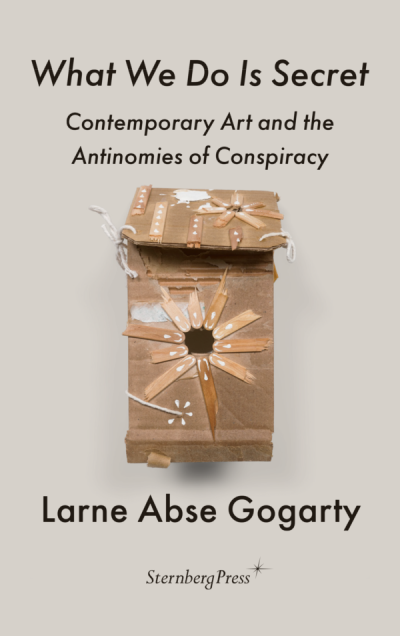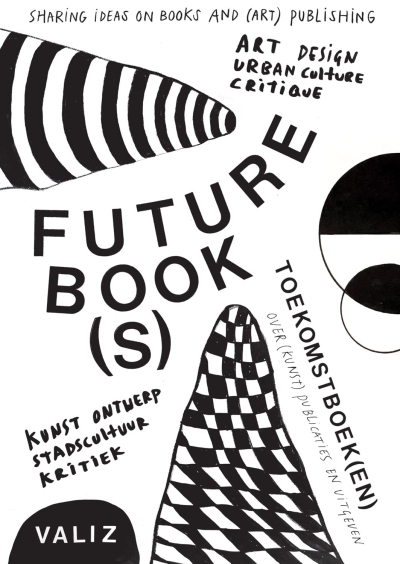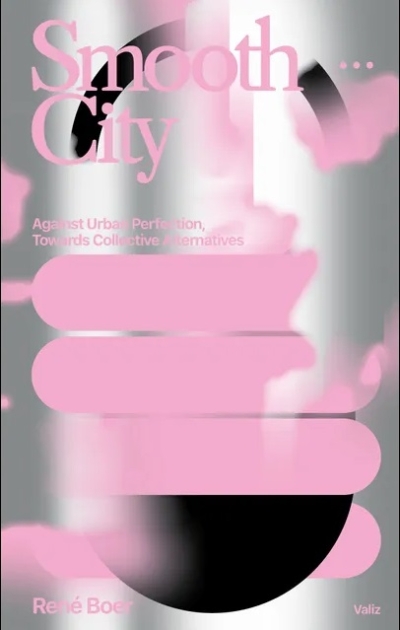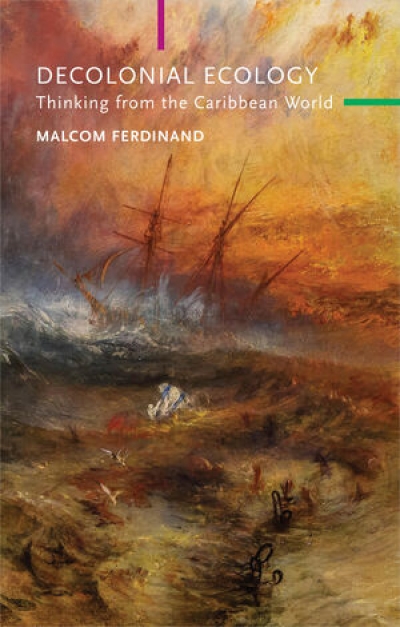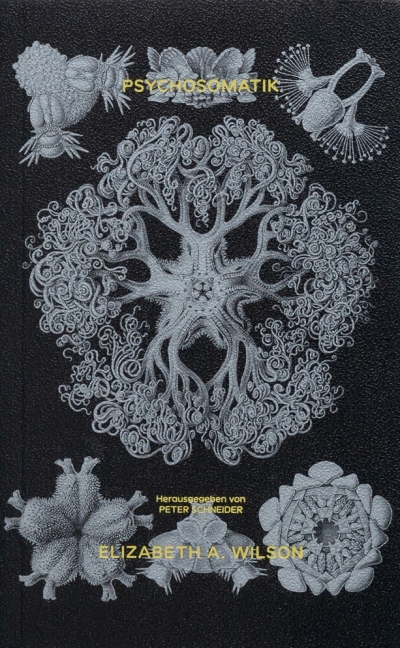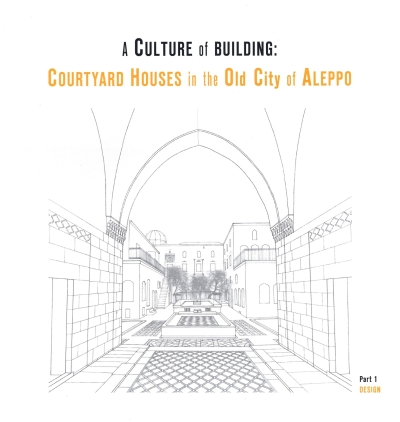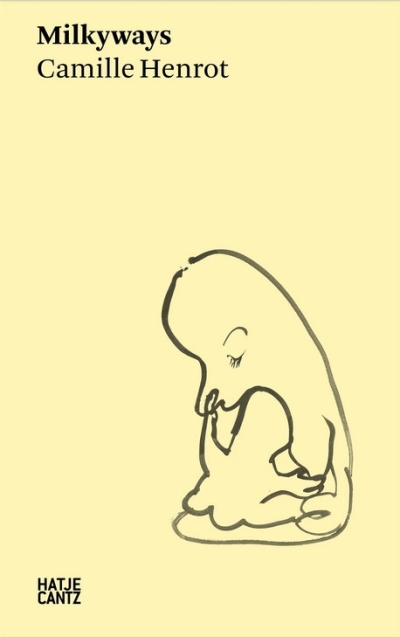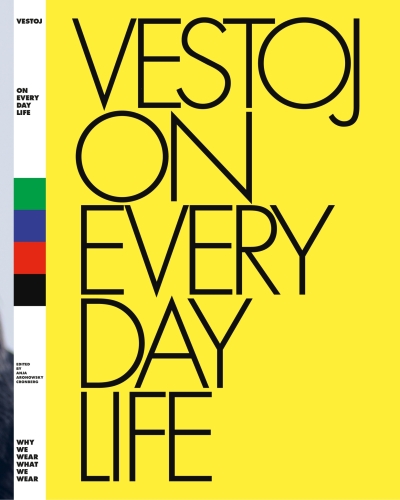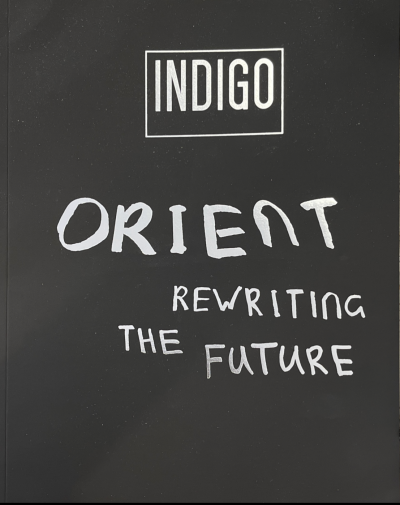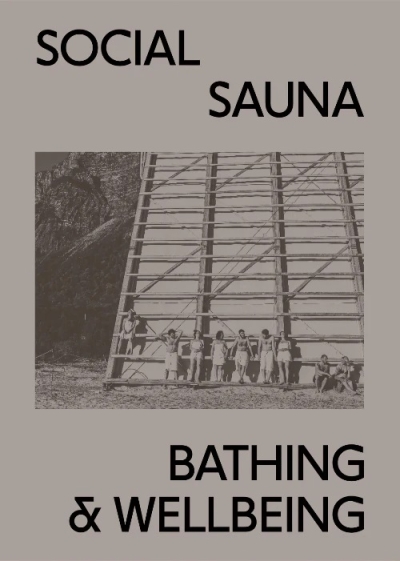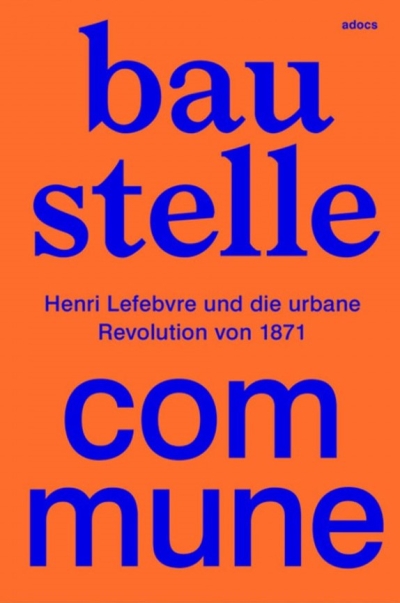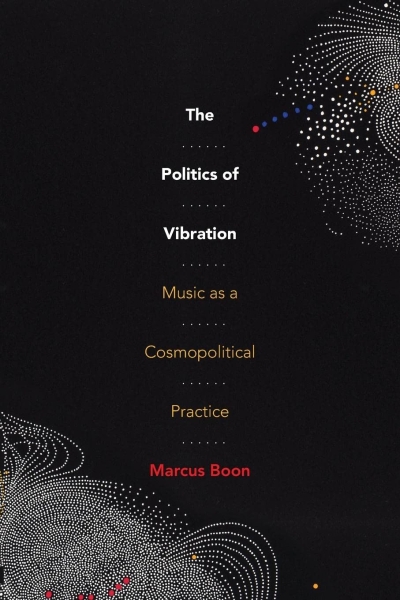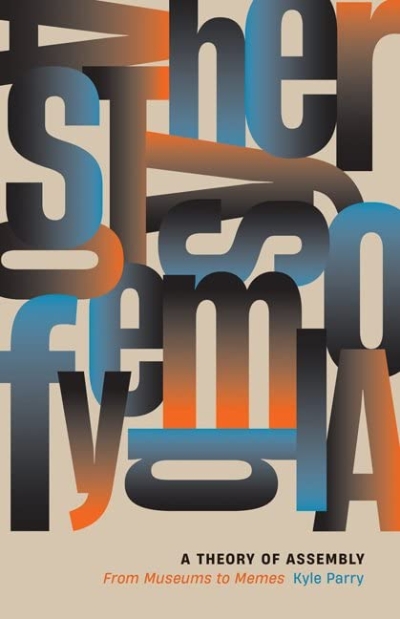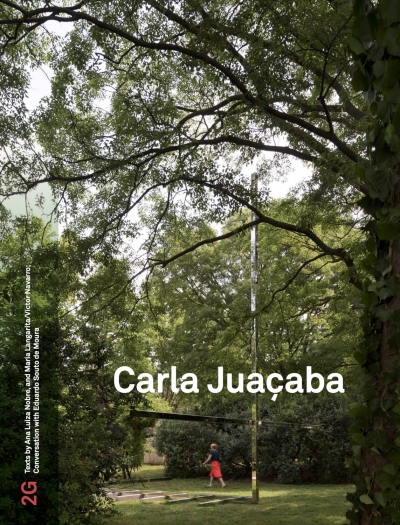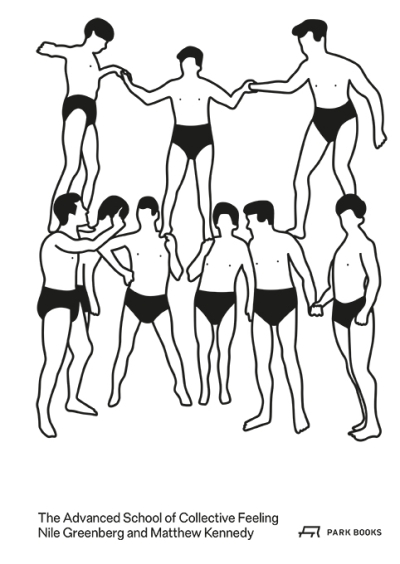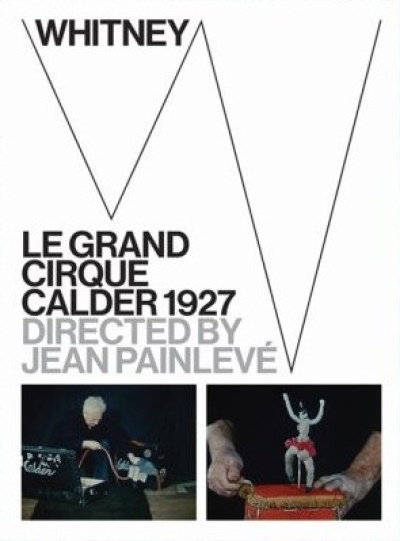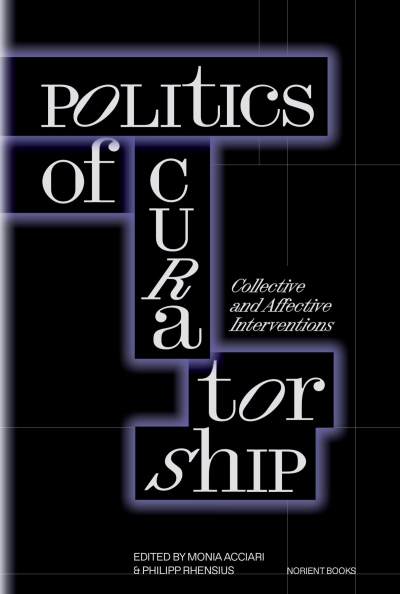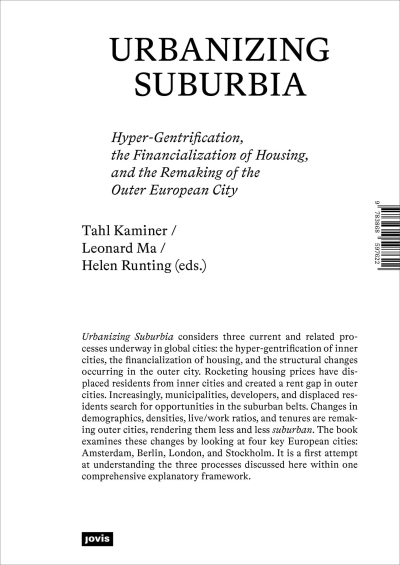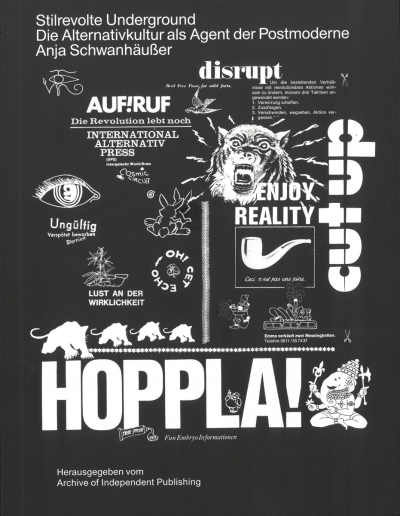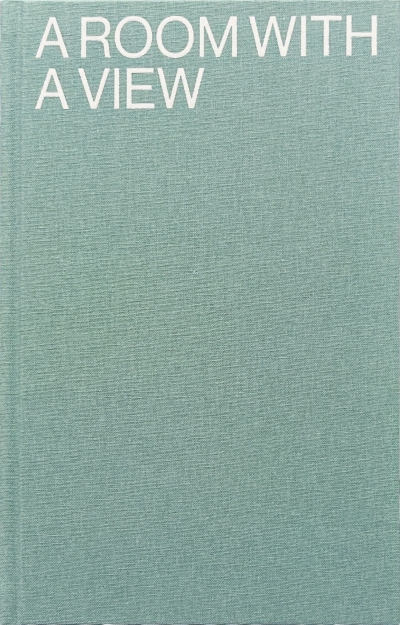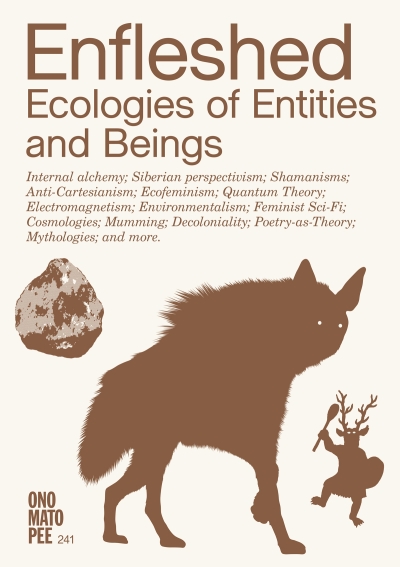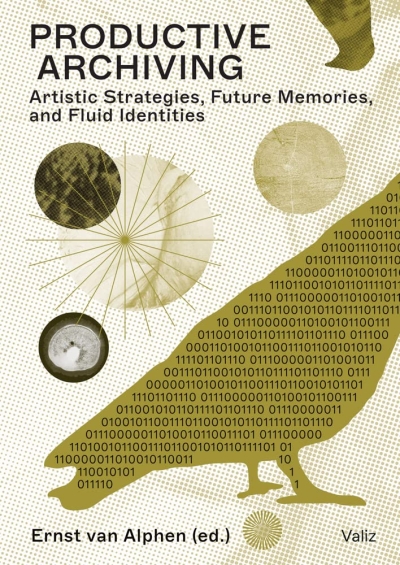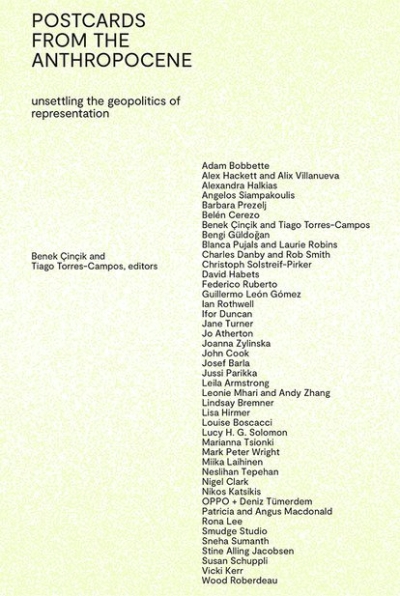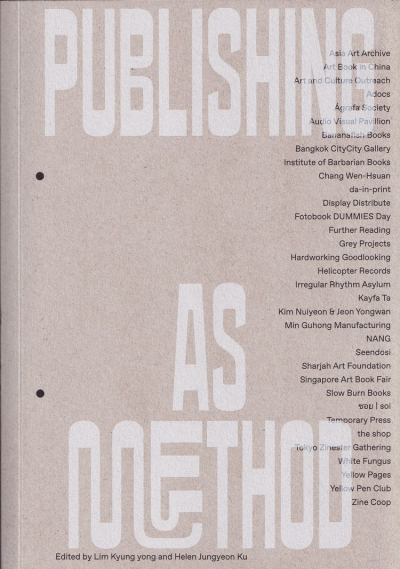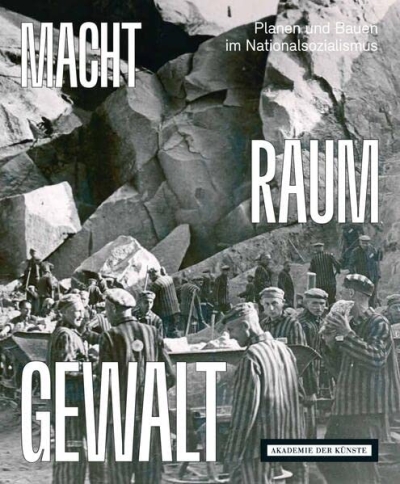
Jacques and Jacqueline Groag, Architect and Designer: Two Hidden Figures of the Viennese Modern Movement
Prokops meticulous history restores Jacques and Jacqueline Groag to their rightful places in the pantheon of Viennese Modernists. Prokop explores their individual careers in Vienna and Czechoslovakia, their early collaborations in the 1930s, their lives as Jewish émigrés, and the couples unique contributions in Britain for postwar exhibitions, monuments, furniture and textile design, even a dress for future-queen Elizabeth II. Full color edition, supported by a grant from the Graham Foundation for Advanced Studies in the Fine Arts.
The Festival of Britain, the third and much the largest of the post-war design bonanzas is now regarded mainly as the start of the mass-public acceptance of the 'modern' design and architecture. ... It opened up the possibilities inherent in designing and influenced the whole development of the modern multi-disciplinary design office. The Festival was British, extravagantly so, ... but it is ironic that many of the main designers of the Festival in the post-war periods had in fact arrived from abroad: Stefan Buzas, Jacques and Jacqueline Groag. ...Where would British design have been without this foreign input?
- Fiona McCarthy/Patrick Nugents, Eye for Industry, Royal Designers 1936-1986
Among the buildings of the Werkbundsiedlung of 1932, the elegant house by architect Jacques Groag stood out in a positive way. Clever spatial economy succeeded in arranging the rooms so that they do not appear to be small and confined as is the case in one or the other home of the settlement, but spacious and airy. The sensation of the control of space and the strong impression of the room clearly marked the architect as a protege of Adolf Loos. Jacques Groag belongs to the younger Viennese architects whose style stands out because of its ingenious elegance and lightness.
- Österreichische Kunst (Austrian Art)
Jacques Groag´s living spaces exhibit an attitude that abstains from exaggerated "sober" motifs. Next to the purist cheerfulness that is at play, imagination rules, as well as delicate proportions, which are a mental rather than utilitarian matter. This architect has created living spaces that veritably dissolve in light. There is an impulse to open up walls and to take away their material bodies. The fact that Groag came from painting to architecture is apparent via the pictorial effects; it is obvious that he masters the technicalities. ... Almost all of the rooms share a tendency towards delicate fabric covers that dissolve the boundaries of the rooms, a preference for natural-colored floor mats, and for light colors as such.
- Innendekoration
The fact is, that [Jacques Groag] was, until the Nazis invaded Austria, one of the leading and most successful avant-garde architects in Vienna, where he was for many years engaged on work for important housing projects, public buildings and private houses. ... In Britain in the absence of any architectural work, he was glad to supply himself to utility furniture. When, after the war, building activities were resumed, no one in Britain seemed to be aware any longer of his caliber as an architect, and Groag himself was much too modest a man to claim what, by rights, ought to have been his due.
- Sir Gordon Russell, SIA Journal
